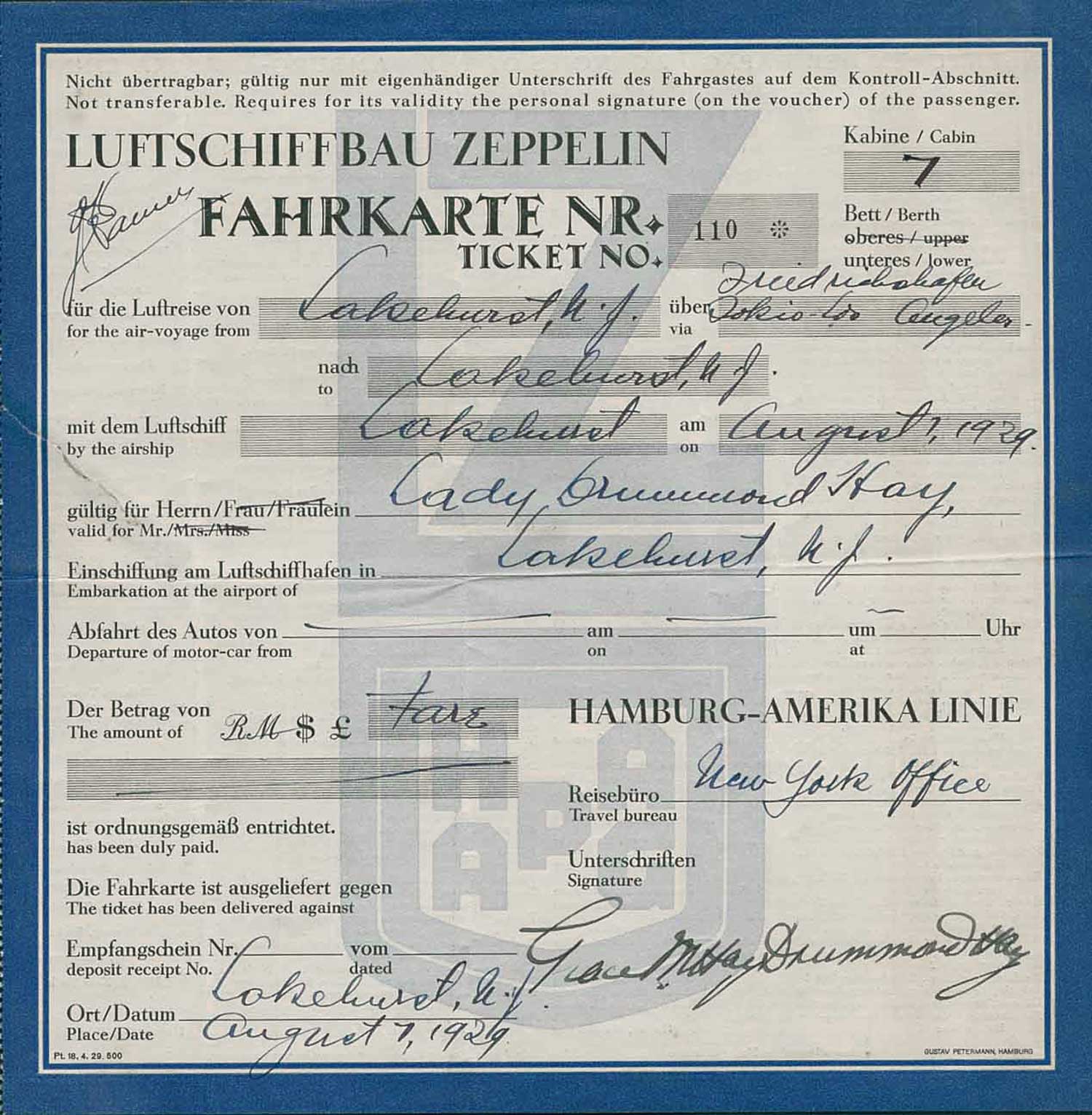The "St. Louis Robin" (as it is known) has a history about as interesting as could be for any antique airplane. Fresh out of the factory in July of 1929, this plane was flown into the history books by Dale Jackson and Forest O'Brine. Their highly publicized re-fueled endurance flight record drew the attention of the world toward Saint Louis Missouri.and on the Curtiss Robertson Aircraft Company, the Curtiss Robin Airplane, and the two successful hometown boys. Since that time, Curtiss Robin enthusiasts have considered NR59H as one of the most recognizable of all Curtiss Robins in existence. While the record-setting event itself is worthy of study, this blog will not go into the details of that story. We will instead pick up the history of this plane at a much later date. And we will shift our focus on the future of this same airplane as it is being brought out of retirement and is prepared for a new chapter of flying.
 |
| After 30 years on static display,, NR59H is disassembled and readied for a truck ride to Central TX |
For the next several weeks, this blog will chronicle the plans and preparations for this great old airplane and its new owner. We will also mix in some historical milestones of this Robin and other Robins with related involvement as well. We hope you will follow this blog and tell your friends to check it out. We at
Barnstmr's Random Aeronautics and Certified Aeronautical Products, LLC are proud to be involved in this story and to share it with our readers. The work has already begun. In fact, a few of my
recent posts on this blog are about this plane. But until now, I really haven't yet disclosed which Robin we've been refurbishing. So consider this the first in a series of postings about the future of the St. Louis Robin.
OK - so, by now, many enthusiasts may have heard that long-time owner (Joe Erale, of Long Island NY) has finally sold the St. Louis Robin. Joe had been advertising the plane for several years. Finally he found the "right" buyer to become the new care-taker of the plane. I believe that Joe and his father first acquired the plane in 1968. They completed an extensive restoration on the Robin in 1977. That year, they brought the plane to the National Antique Airplane Association (AAA) gathering in Blakesburg, Iowa. If you ask him (or likely if you don't), Joe will relay some of the flying adventures they had that summer during their mid-west America tour. The next year they flew it to Oshkosh Wisconsin and the plane was named the 1978
Grand Champion Antique at the Experimental Aircraft Association (EAA)
national convention. Basing the airplane on Long Island NY, they enjoyed numerous flights in the airplane during the late 1970s and early 1980's. They put around 120 hours on the freshly overhauled R-600 Curtiss Challenger engine before deciding to place the airplane in long-term static display status. That was in 1984.
I doubt that the Erale family ever intended for the plane to remain earth-bound for thirty years after that. But as it happens to all of us, time slips by. The younger Joe religiously pampered and cared for the plane as the elder Joe grew older and passed on. The fine restoration work of Joe and his dad captivated Carlos (the new prospective owner) when he viewed the plane for the first time. Though not perfect in every way, Carlos considers the Robin's blemishes as its "patina" that brings out the special historic significance of this bird. (NOTE: I am not divulging Carlos' last name at this time out of
respect to his privacy and of his right to tell his side of this
fascinating story.)
 |
| Joe Erale (Left) and new owner, Carlos. |
Now that the plane has been passed on, I think our readers will find the story of its future to be fascinating. Stay tuned to this blog to see it unfold.
My Personal Involvement:
Since I've always tried to keep track of all of the remaining Robins, I knew of the plane being for sale. I've always admired this airplane. So for me, getting hired to prepare this plane for airworthy status once again is both an honor and a thrill.
I actually got to view this plane up close when I was 13 years old during the 1977 National AAA fly-in. My Dad and I marveled at the quality restoration and the seemingly pristine originality of its configuration. Dad was always fond of this Robin as he also owned a Robin with some interesting involvement in re-fueled endurance flights of the 1920s and 1930s. Not in our wildest imaginations would Dad or I have ever guessed that the plane might someday come here to Central Texas and that I would be working on it. But lo and behold!.... here it is in our shop in 2014.
 |
| Unloading the Robin in Central Texas. |
What an interesting turn of events this has been for our family. My dad is gone now. He passed in 2011. I am a 2nd-generation Curtiss Robin proponent. So for me, this has become a unique tribute to Dad's legacy as I strive to make an important contribution to the continued future of this plane. But not just for me, there are some other 2nd generation tribute stories unfolding here as well. As I make postings in the coming weeks, I will also be telling about these other 2nd-generation tributes. Stay Tuned!










































